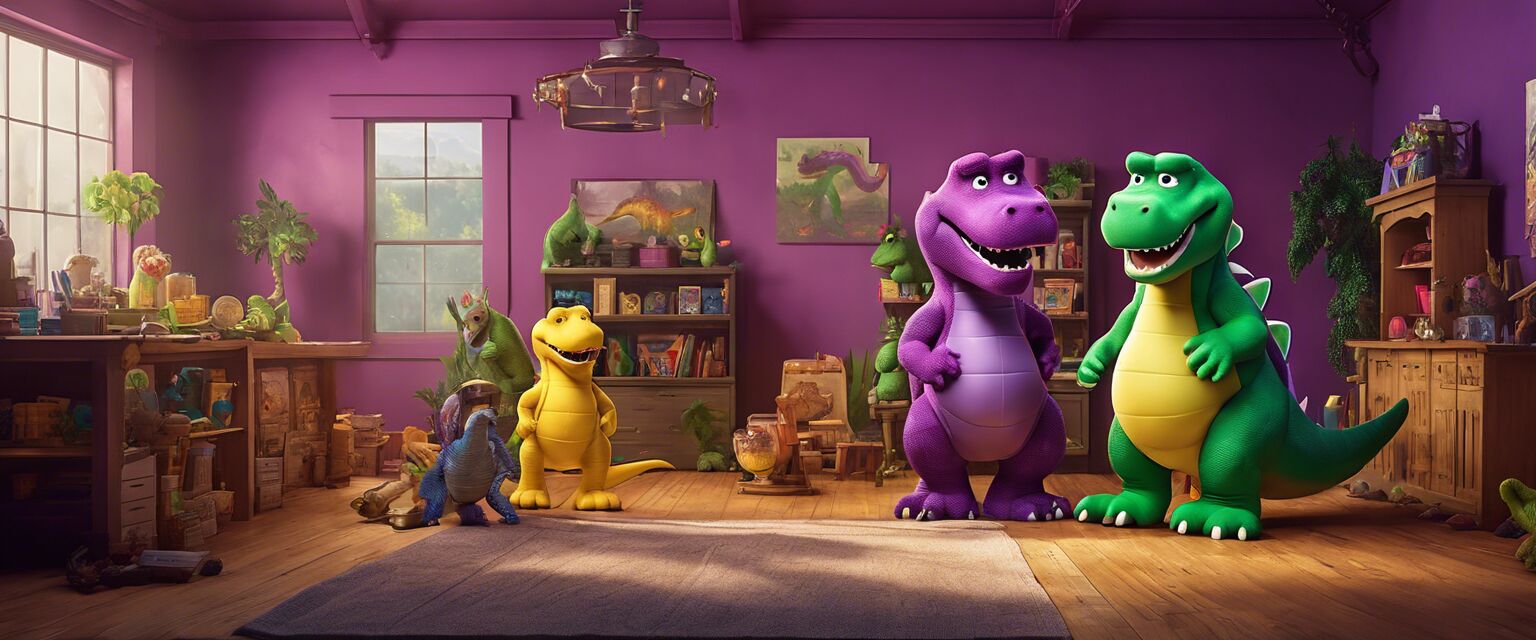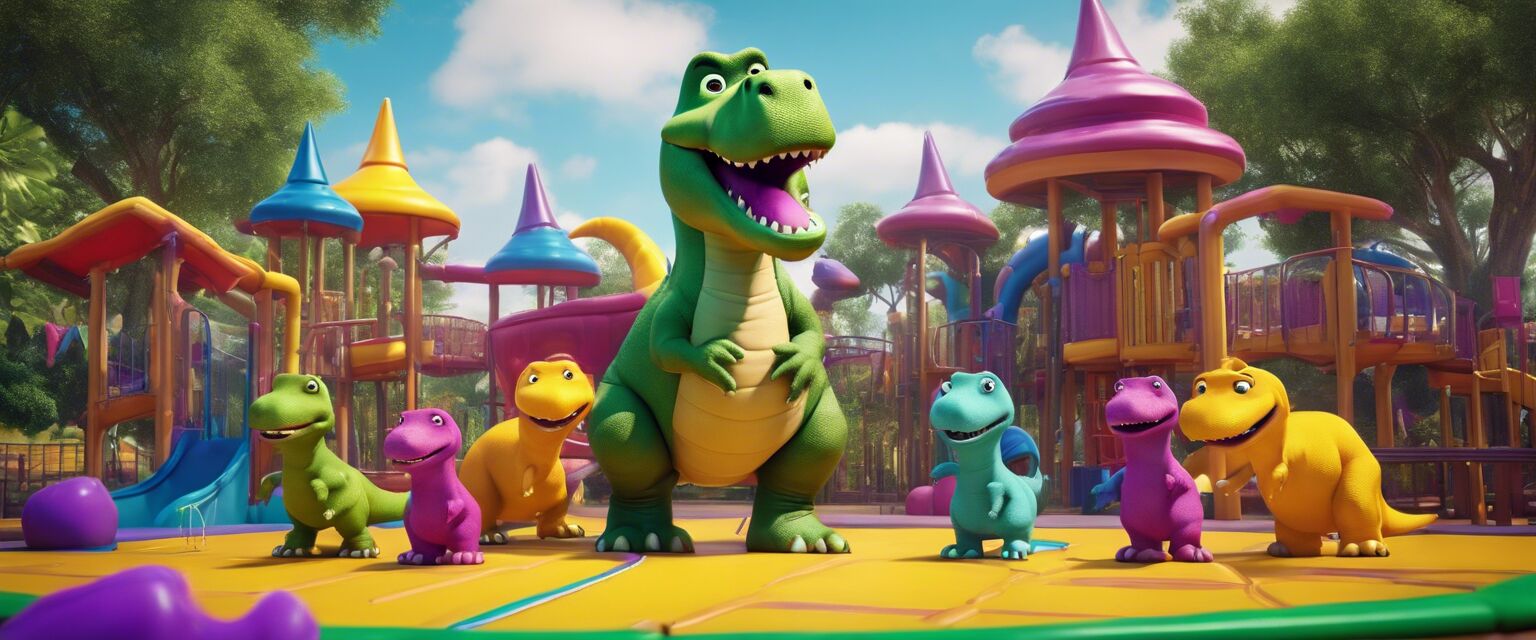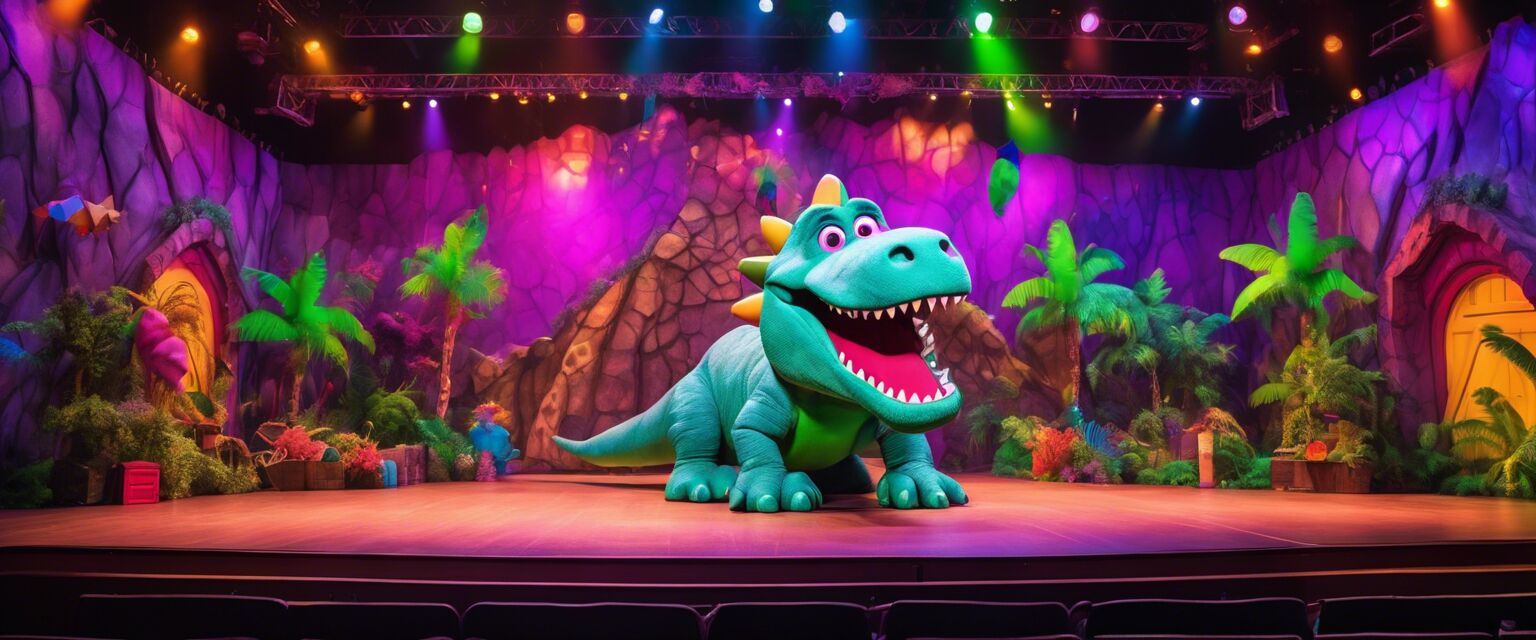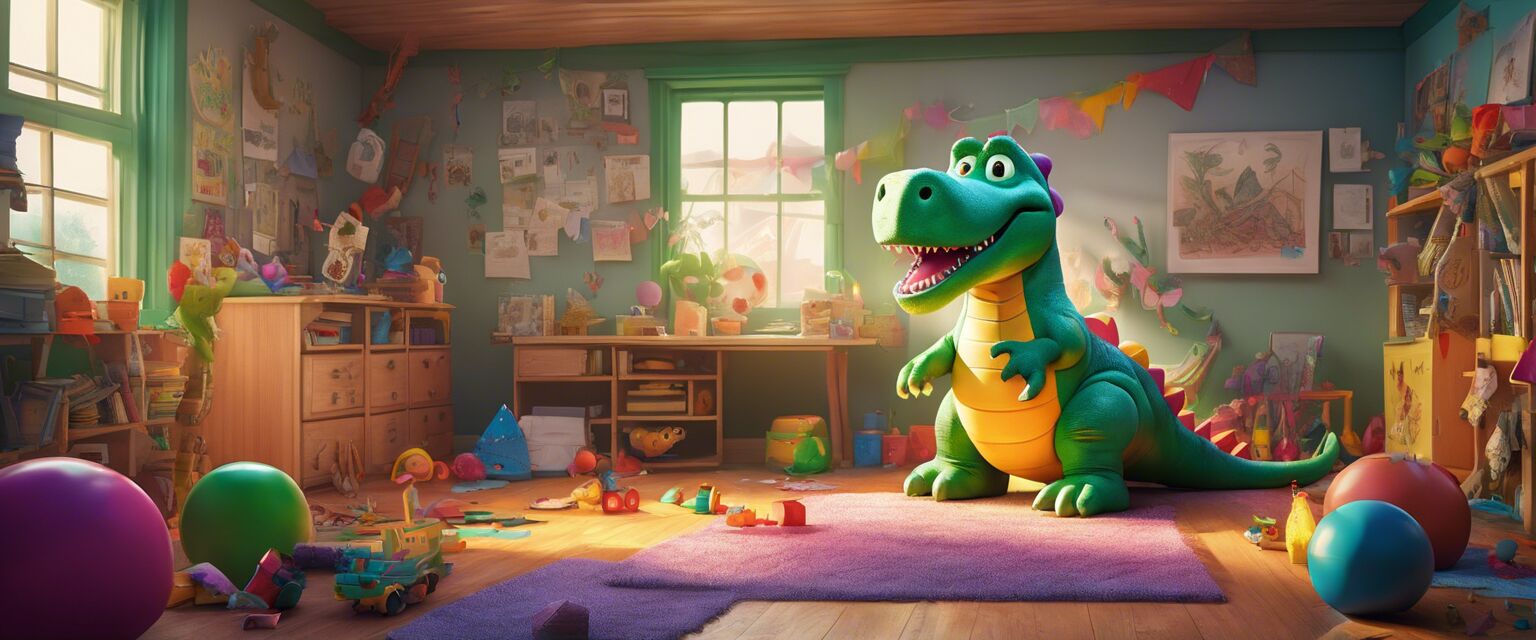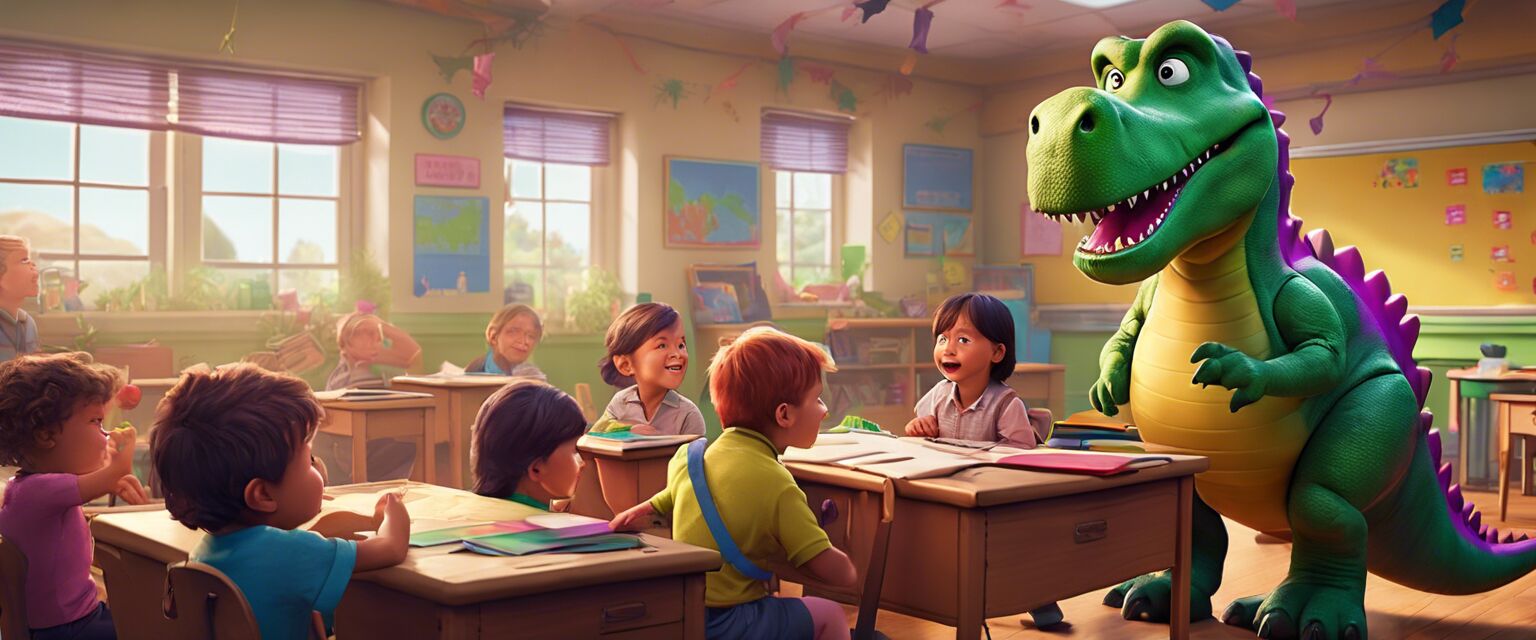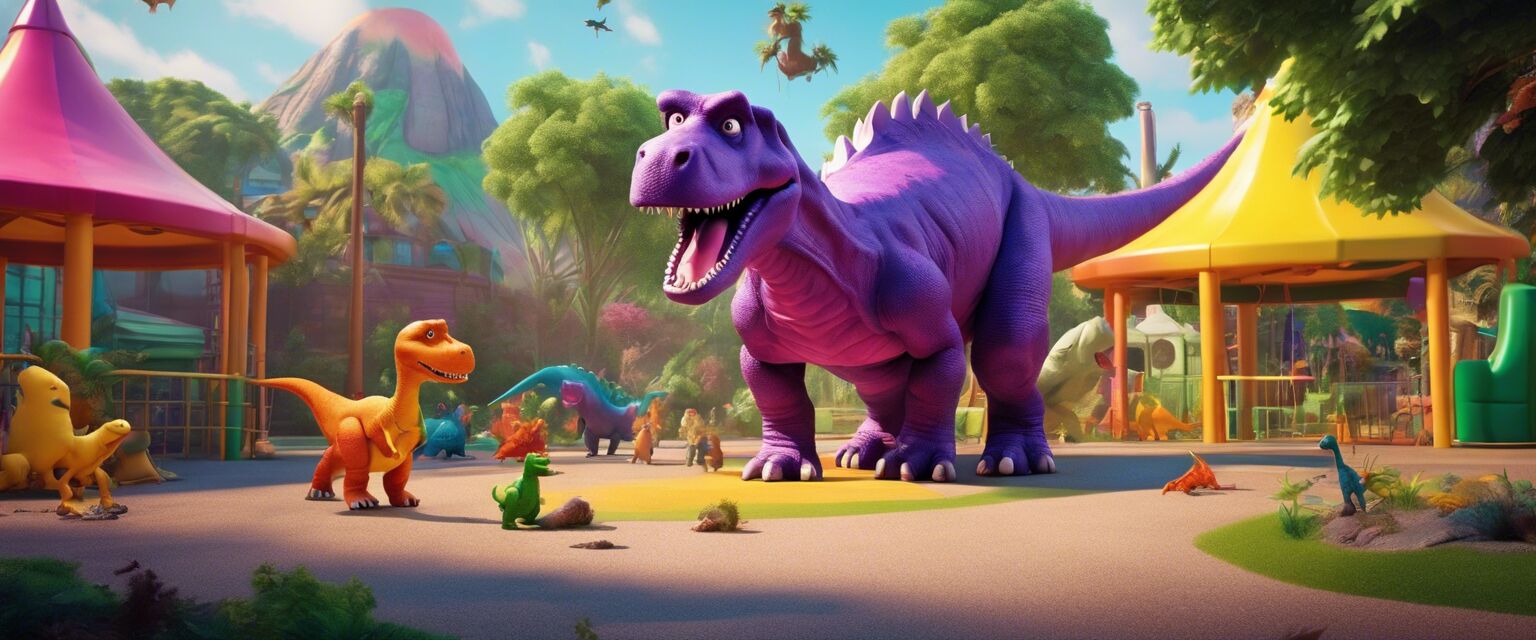
Barney Behind the Scenes
Key Takeaways
- Barney the Dinosaur is not only a beloved character but also a part of a grand production involving teamwork and creativity.
- Behind-the-scenes insights reveal the magic that goes into creating engaging content for children.
- The production team focuses on education, entertainment, and inclusivity in every episode.
- Costume design, set production, and script writing are crucial aspects of the show.
- Barney has become a cultural icon over the years, influencing generations.
Barney, America's favorite purple dinosaur, has captured the hearts of children and parents alike. This article takes you behind the scenes of the beloved show, revealing exclusive insights about the creative process, the team involved, and the production that brings Barney to life.
The Creative Team Behind Barney
The success of Barney and his friends is attributed to a diverse and talented team. Let's explore the different roles that contribute to the show's magic:
| Role | Responsibilities |
|---|---|
| Producers | Oversee the entire production process and manage the budget. |
| Writers | Create scripts that are entertaining and educational. |
| Costume Designers | Design and create costumes that bring characters to life. |
| Set Designers | Build colorful and engaging sets that attract young viewers. |
| Directors | Guide the production and ensure the vision comes to life. |
Costume Design
Costume design plays a vital role in making Barney and his friends visually appealing. The costumes are designed to be vibrant and engaging, capturing the essence of each character.

Key Features of Barney's Costume
- Soft and safe materials for children's comfort.
- Bright purple color to attract attention.
- Flexible design to allow movement during performances.
The Set and Props
The set of Barney is designed to be colorful and inviting, providing a safe space for fun learning experiences. The props used in the show are also carefully chosen to enhance the storytelling.

Types of Props Used
- Toys that encourage imaginative play.
- Educational tools that promote learning.
- Musical instruments for interactive segments.
Music and Dance
Music and dance are at the heart of every Barney episode, making it a fun experience for children. Songs are written to be catchy and easy to sing along.
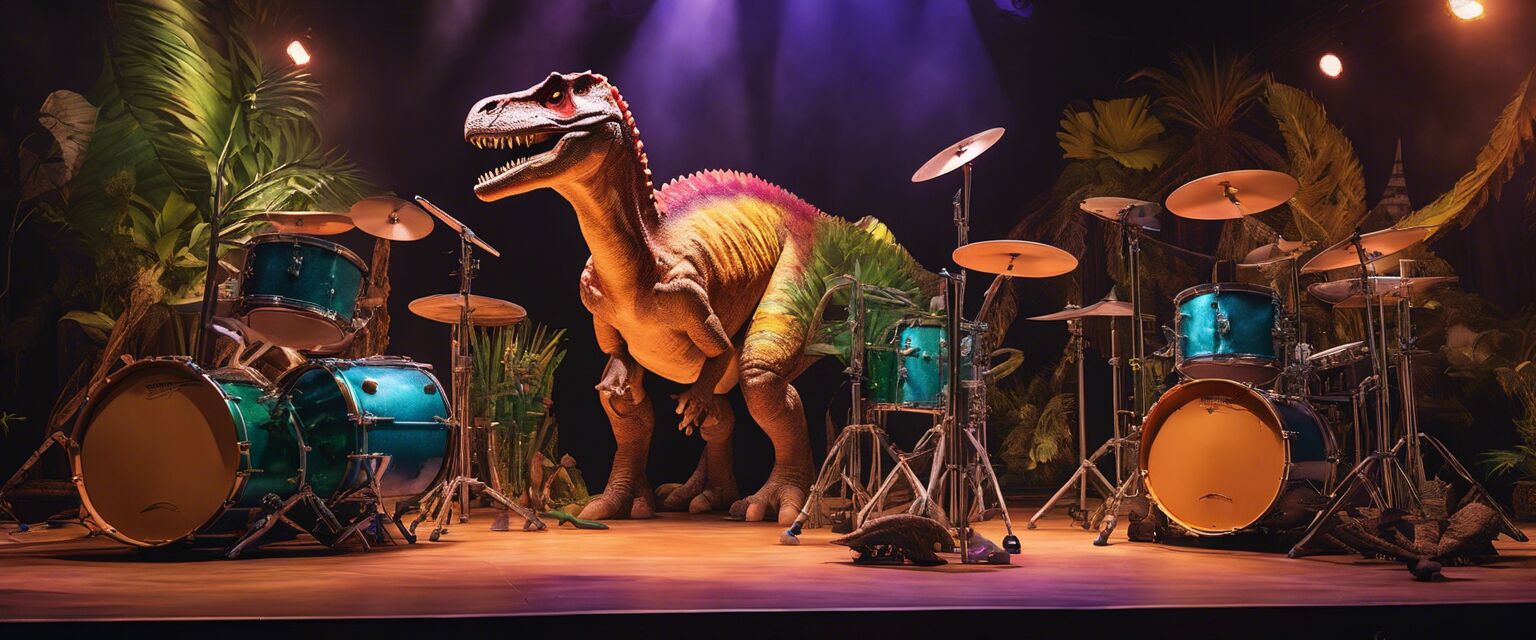
Popular Themes in Barney's Music
- Friendship
- Sharing
- Learning about the world
Behind-the-Scenes Challenges
Creating a show like Barney comes with its own set of challenges. The production team often faces time constraints, budget restrictions, and the need to keep content fresh and engaging.
Common Challenges Include:
- Adapting to childrenâs evolving interests.
- Maintaining high production quality.
- Ensuring safety on set for all involved.
Pros
- Educational content that helps children learn.
- Engaging characters that foster imagination.
- Inclusive themes that resonate with a diverse audience.
Cons
- High production costs can limit reach.
- Need for constant innovation to keep the show relevant.
Conclusion
The behind-the-scenes world of Barney the Dinosaur is as vibrant and full of life as the show itself. From the dedicated team of writers and producers to the colorful costumes and sets, every detail is meticulously crafted to create an engaging experience for young viewers. Barney not only entertains but also educates, making it a staple in children's programming.
Tips for Aspiring Children's Show Creators
- Focus on educational content that is fun and engaging.
- Collaborate with a diverse team to bring new perspectives.
- Be open to feedback from your audience.

